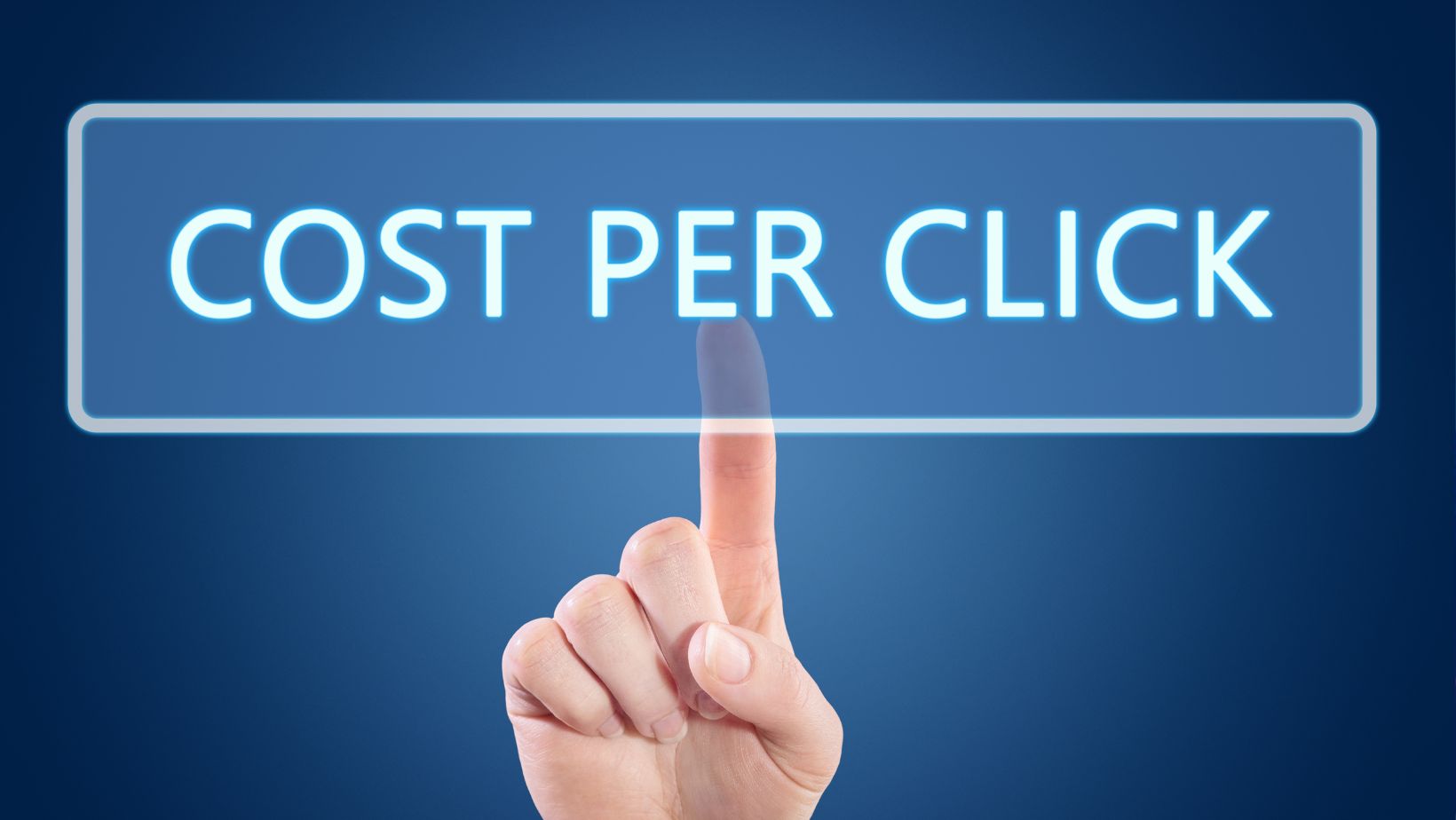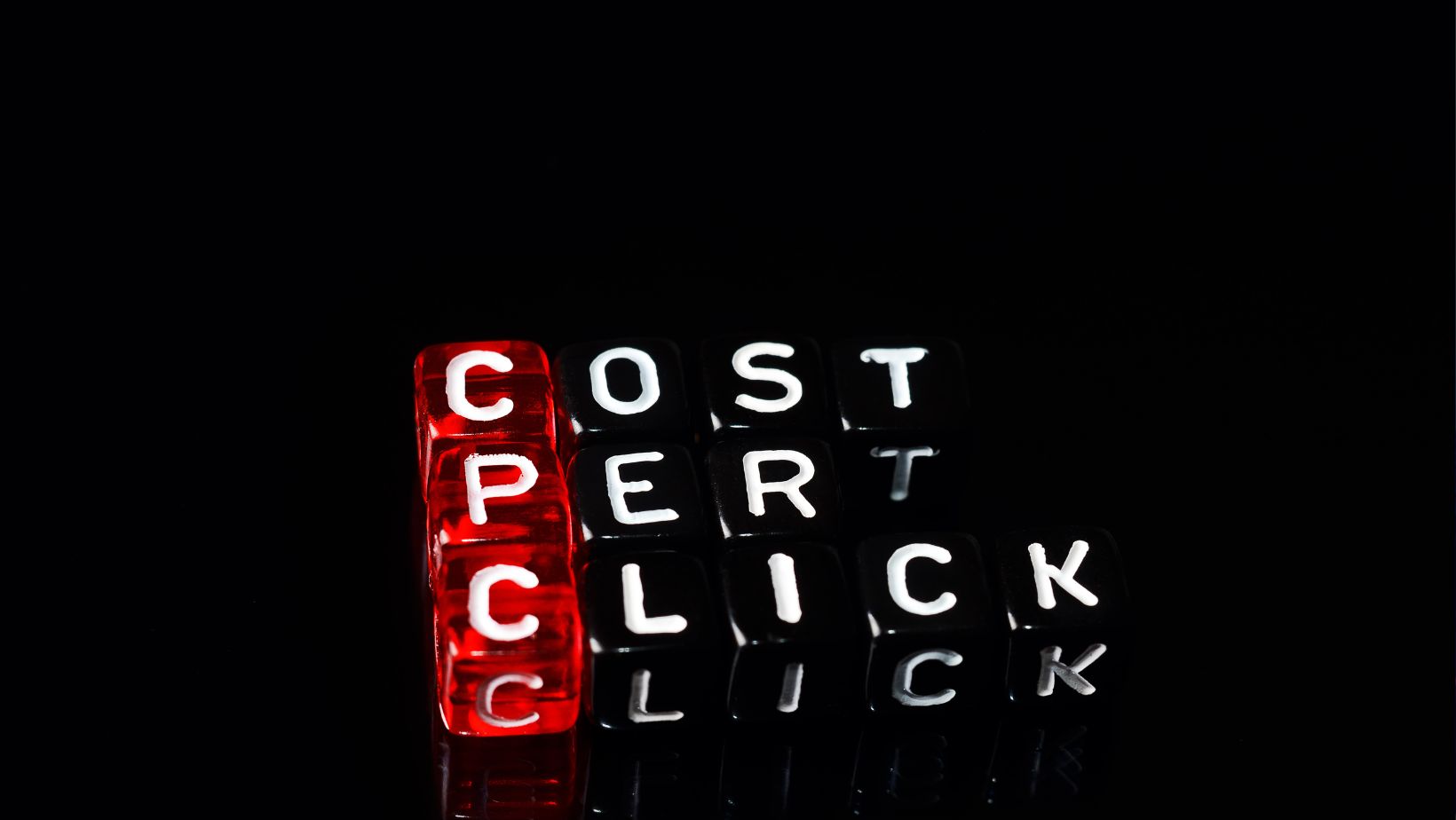
A Free CPC Calculator is a straightforward tool used by digital advertisers to determine the exact cost of each individual click in their pay-per-click (PPC) campaigns. Cost Per Click (CPC) is a core metric that reveals how much you are paying every time a user clicks on one of your ads. It is calculated by dividing the total cost of your advertising campaign by the total number of clicks it has generated, providing a clear measure of the cost-efficiency of your ad spend.
Understanding the CPC Formula Components
| Metric | Formula Component | Definition | Significance |
| Total Cost | The Numerator | The entire amount of money spent on an ad campaign or ad group over a specific period. | Represents your total investment in the advertising effort. |
| Total Clicks | The Denominator | The total number of times users clicked on your ads within that same period. | Measures the volume of traffic your campaign has generated. |
| CPC | The Result ($) | (Total Cost of Campaign / Total Number of Clicks) | Determines the cost-efficiency of your traffic and is a key metric for budget management. |
What Exactly is Cost Per Click (CPC)?
Cost Per Click, universally known as CPC, is a fundamental metric in the world of PPC advertising. It represents the price you pay for each click on your ad in platforms like Google Ads, Microsoft Advertising, or social media ad networks. Unlike other models like Cost Per Mille (CPM), where you pay for impressions, the CPC model ensures you only pay when a user shows enough interest in your ad to click on it. This makes it a highly popular and effective model for advertisers whose primary goal is to drive traffic to a website, landing page, or product page.
Your actual CPC can vary from click to click and is determined in a real-time auction every time a user performs a search. While you set a maximum CPC bid (the most you’re willing to pay for a click), the amount you actually pay is often lower, typically just one cent more than the ad rank of the competitor directly below you. Understanding and managing your CPC is critical for controlling your advertising budget and ensuring the profitability of your campaigns.
Key Factors That Influence Your CPC
Your Cost Per Click is not a static number; it’s a dynamic metric influenced by a variety of factors in the ad auction. The most important of these is your Ad Rank.
Ad Rank = Max CPC Bid x Quality Score
Let’s break down the primary components:
- Quality Score: This is arguably the most important factor in determining your actual CPC. Quality Score is Google’s rating of the quality and relevance of both your keywords and your ads. It is scored from 1 to 10 and is based on three main components:
- Expected Click-Through Rate (CTR): How likely users are to click your ad when it’s shown.
- Ad Relevance: How closely your ad copy matches the user’s search query.
- Landing Page Experience: How relevant, transparent, and easy-to-navigate your landing page is.
A high Quality Score is a signal to Google that your ad is a good match for the user’s query. As a reward, Google gives you a higher Ad Rank and a lower CPC. A high Quality Score can result in discounts of up to 50% on your CPC, while a low score can lead to penalties of up to 400%.
- Maximum Bid: This is the maximum amount you’ve told the ad platform you are willing to pay for a single click. While a higher bid can improve your position, it can be offset by a poor Quality Score. You can’t simply buy your way to the top with a low-quality ad.
- Competition: The CPC is determined by a real-time auction. The more advertisers bidding on the same keyword, the higher the competition and, generally, the higher the CPC will be. Keywords with high commercial intent (e.g., “emergency plumber near me”) are typically far more expensive than informational keywords (e.g., “how to fix a leaky faucet”).
- Ad Rank of Competitors: Your actual CPC is directly influenced by the Ad Rank of the advertisers competing against you in the auction. To win a higher position, your Ad Rank must beat theirs, and the price you pay is determined by what it takes to beat the rank of the person below you.
What is a Good CPC?
Defining a “good” CPC is entirely relative and depends heavily on your industry, business model, and profit margins. A $5.00 CPC might be a fantastic deal for a law firm where a single client is worth thousands of dollars, but it would be disastrous for a business selling $10 t-shirts.
The average CPC in Google Ads can vary wildly by industry. For example, keywords in the legal, insurance, and financial sectors can often exceed $50 per click due to the high lifetime value of a customer. In contrast, keywords in the arts, hobbies, or apparel sectors might have an average CPC of only $1-$2. The key is not to chase a low CPC for its own sake, but to achieve a Cost Per Acquisition (CPA) that is profitable for your business.
Proven Strategies to Lower Your CPC
Lowering your Cost Per Click is a primary goal for almost every PPC manager. A lower CPC allows you to get more traffic for the same budget, increasing your opportunities for conversions. Here are the most effective strategies to lower your CPC:
- Relentlessly Focus on Improving Quality Score: This is the most impactful strategy.
- Increase CTR: Write highly compelling, relevant ad copy that includes a strong call-to-action (CTA). Utilize ad extensions (sitelinks, callouts) to make your ad more prominent and useful.
- Enhance Ad Relevance: Create tightly-themed ad groups where your keywords are directly related to your ad copy. A small ad group with 5-10 highly similar keywords will always perform better than a large group with 100 loosely related terms.
- Optimize Landing Pages: Ensure your landing page is fast, mobile-friendly, and directly relevant to the ad a user clicked. The messaging should be consistent from keyword to ad to landing page.
- Refine Your Keyword Targeting:
- Target Long-Tail Keywords: These longer, more specific search phrases (e.g., “buy waterproof hiking boots for men”) typically have lower competition and a lower CPC than broad keywords (“hiking boots”). They also tend to have a higher conversion rate.
- Use a Negative Keyword List: Actively add negative keywords to your campaigns to prevent your ads from showing for irrelevant searches. This stops you from paying for worthless clicks and improves the relevance of your traffic, which boosts your CTR and Quality Score.
- Adjust Bidding Strategies: Don’t just set a bid and forget it.
- Manual vs. Automated Bidding: While automated bidding strategies like Maximize Clicks can be effective, manual CPC bidding gives you the most granular control.
- Bid Adjustments: Use bid adjustments to bid more or less for specific locations, devices, or times of day. If you find that mobile traffic converts at a lower cost, you can set a positive bid adjustment for mobile users.
- Analyze and Test:
- A/B Test Ad Copy: Continuously test different headlines and descriptions in your ads to find the versions that achieve the highest CTR. A higher CTR directly improves your Quality Score.
- Monitor Performance: Regularly review your campaign performance to identify expensive, underperforming keywords or ads that are draining your budget and pause them.
CPC vs. CPM vs. CPA: Which is Right for You?
CPC is just one of several pricing models available to advertisers.
- CPC (Cost Per Click): You pay per click. Best for campaigns where the goal is to drive traffic and direct responses (e.g., sales, lead generation).
- CPM (Cost Per Mille/Thousand Impressions): You pay for every 1,000 times your ad is shown. Best for campaigns where the primary goal is brand awareness and visibility, not necessarily immediate clicks.
- CPA (Cost Per Acquisition/Action): You pay only when a user completes a specific conversion (e.g., makes a purchase). This is often a target metric within a CPC campaign, managed through target CPA bidding.
For most businesses focused on generating leads or sales, a PPC campaign based on the CPC model is the most effective and controllable way to manage ad spend and achieve a positive return on investment (ROI).

